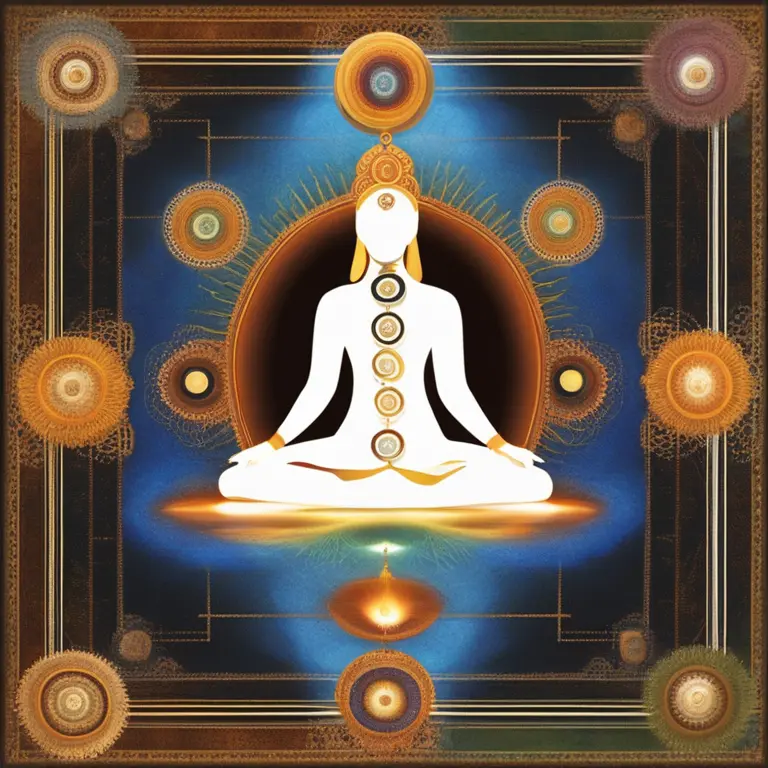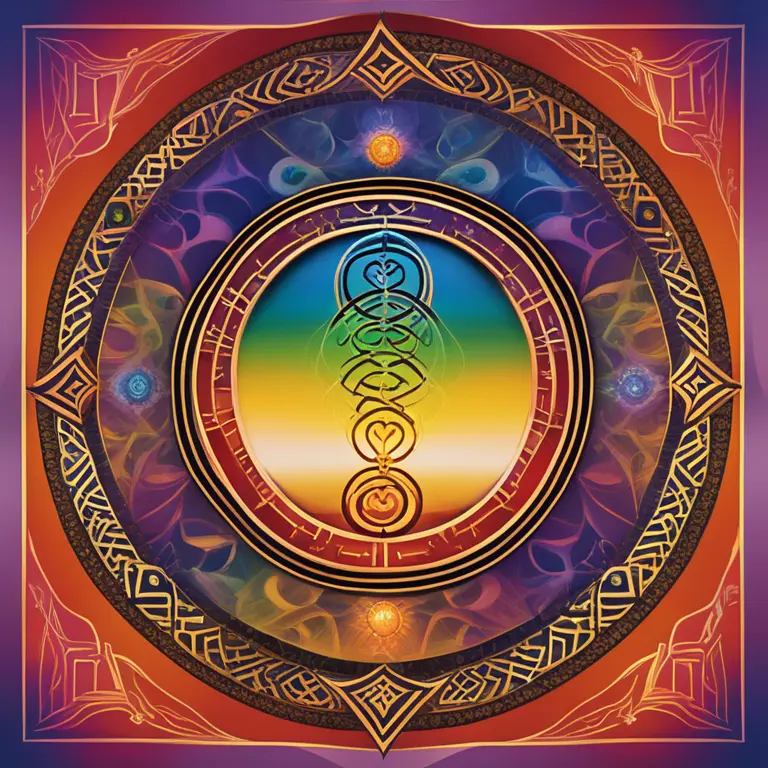
Kundalini Meditation Techniques: A Guided Approach
Discover the essence and methods of Kundalini meditation to awaken your spiritual energy for a transformative experience.
article by Hina Kurosawa
Introduction to Kundalini Meditation
Kundalini meditation is rooted in ancient yogic practices, aimed at awakening the dormant spiritual energy believed to reside at the base of the spine. Traditionally known as Kundalini Shakti, this potent force is conceptualized as a coiled serpent. When activated, it rises through the chakras or energy centers, leading to heightened consciousness and spiritual enlightenment. This meditation form blends the corporeal with the spiritual, intertwining breath, movement, and focus.

The Core of Kundalini Techniques
At the core of Kundalini meditation lies the aspiration to awaken the Kundalini energy. Techniques often start with pranayama or controlled breathing, which prepares the mind and body. Mantras and mudras, or hand gestures, are integrated to channel energy and concentration. Physical postures or asanas specific to Kundalini yoga enhance the flow of energy. The synchronized use of these elements forms a powerful ritual to facilitate the rise of Kundalini Shakti.

Preparing for the Experience
Before engaging in Kundalini meditation, it’s essential to create a conducive environment. This means selecting a quiet space and perhaps using objects such as meditation cushions for comfort. It is also important to enter the practice with an open mind, free from expectations. A precursor to the actual meditation might involve light stretches or chanting to set the tone for an inward journey.

Stages of Kundalini Awakening
The process of awakening typically occurs in stages, encompassing gentle arousal of the energy and its guided ascent through the chakras. Initial techniques might focus on awakening the energy subtly, while more advanced practices could actively draw the Kundalini upwards. The meditator often visualises the serpent-like energy unfurling and ascending the spine, guided by breath and concentration.

Experiences During Meditation
As Kundalini travels upward, practitioners may experience a range of sensations, from subtle warmth to overwhelming feelings of bliss or emotional release. Some describe profound visions, while others may encounter challenges in the form of physical discomfort or mental resistance. Each experience is deeply personal, reflecting the unique journey of the individual's energy pathways.
Maintaining Balance Post-Meditation
Post-meditation, measures should be taken to ground and recalibrate. Kundalini awakening can be intense, and practitioners are advised to ensure a harmonious return to daily life. This may include gentle physical activities, hydration, and maintaining a healthy diet. Engaging in supportive communities or seeking guidance from experienced teachers can also be beneficial for navigating the waves of transformation.
Caution and Consideration
While Kundalini meditation contains transformative potential, it also demands respect and caution. As the energy can be intense, it is recommended to approach these practices under the guidance of a knowledgeable teacher, especially in the initial stages. It is also crucial to listen to one’s own body and mental signals during the practice and to proceed at a pace suited to individual readiness.
Published: 2/12/2024
Modified: 2/12/2024
More predictions
Come back here soon to learn more about yourself and your future


The Benefits of Meditation Music
Discover the benefits of meditation music for enhancing mindfulness practices and spiritual alignment, while diving into the celestial influence on your inner peace journey.


The Heart of Meditation: A Journey Inward
Discover the heart of meditation, its benefits, and how to integrate this ancient practice into modern life for peace and self-discovery.


The Impact of Meditation
Delve into the heart of meditation and its profound impact on mind, body, and spirit in our fast-paced world.